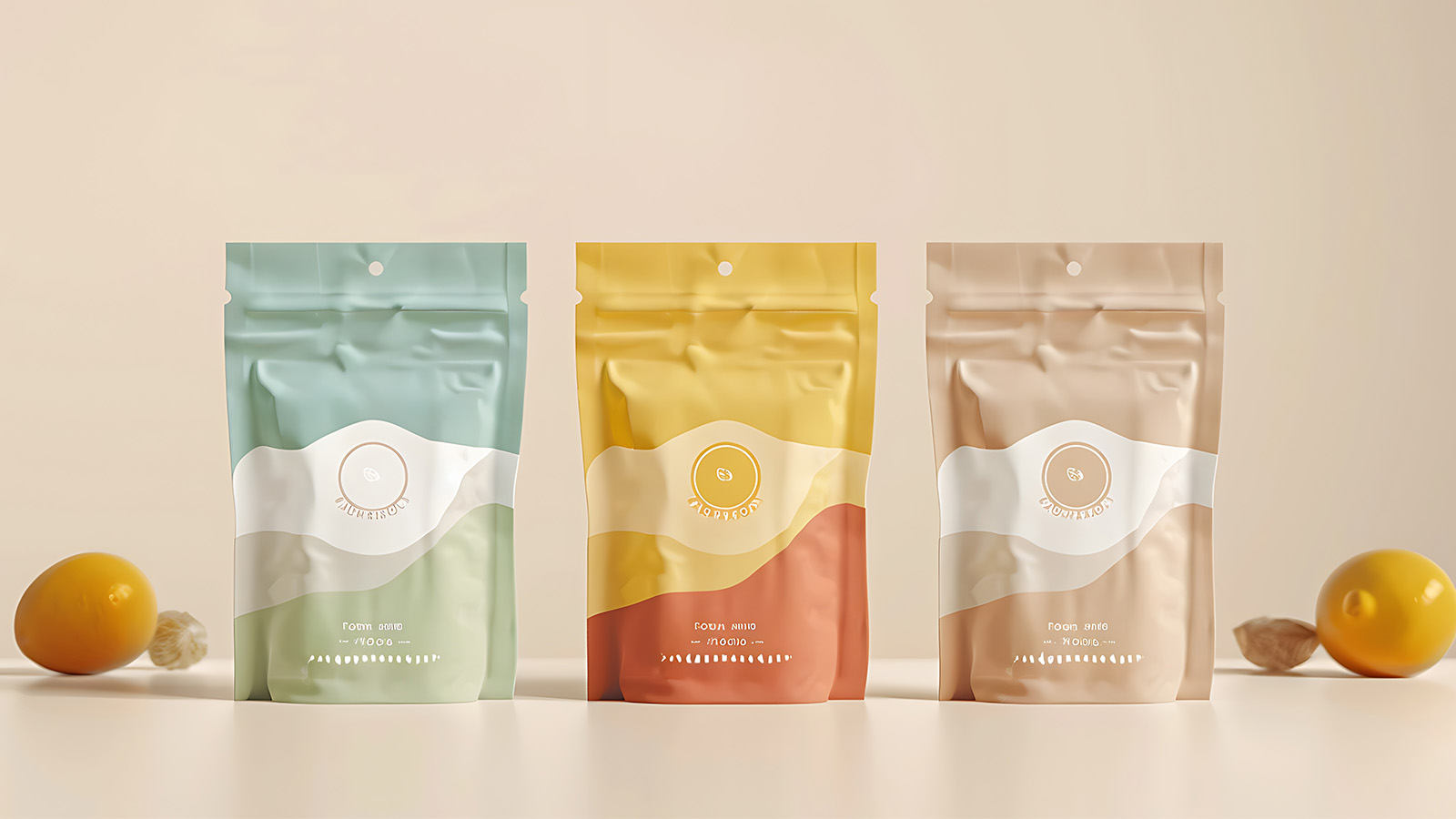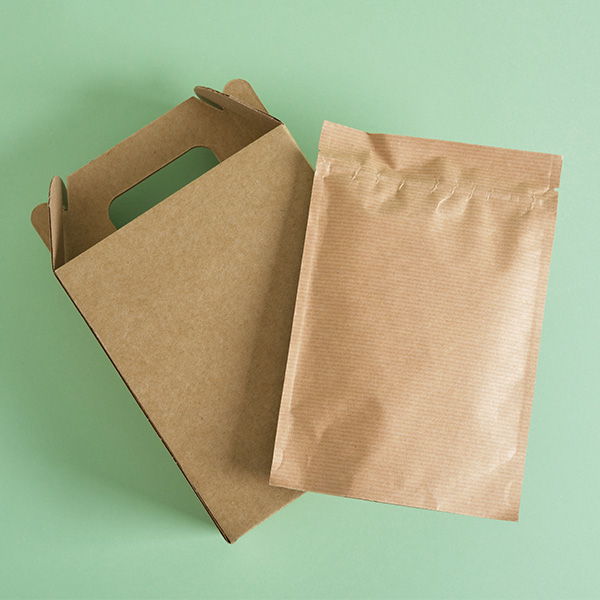
In today’s competitive market, the right packaging can significantly improve your product’s protection, extend its shelf life, and reflect your brand’s commitment to sustainability. This comprehensive guide will help you navigate the complexities of selecting the appropriate packaging for your products, using various examples to illustrate key points.
Understanding Your Product’s Needs
The first step in choosing the right packaging is understanding your product’s specific requirements. Different products have unique needs based on their nature, usage, and market expectations.
Product Type
The physical characteristics of your product, such as fragility, weight, and shape, significantly influence packaging choices. Delicate items like electronics often require bubble wrap or foam inserts to provide cushioning and protection during transit.
Shelf Life
Perishable items, such as food products, require packaging that can extend their shelf life. Vacuum-sealed bags and oxygen absorbers can prevent spoilage and maintain freshness by limiting exposure to air. Similarly, packaging with moisture barriers is essential for products sensitive to humidity.
Environmental Impact
Consumers are increasingly concerned about sustainability. Choosing eco-friendly packaging options, such as recyclable or biodegradable materials, can enhance your brand’s image. For example, companies can use plant-based plastics or paper-based packaging to reduce environmental impact.
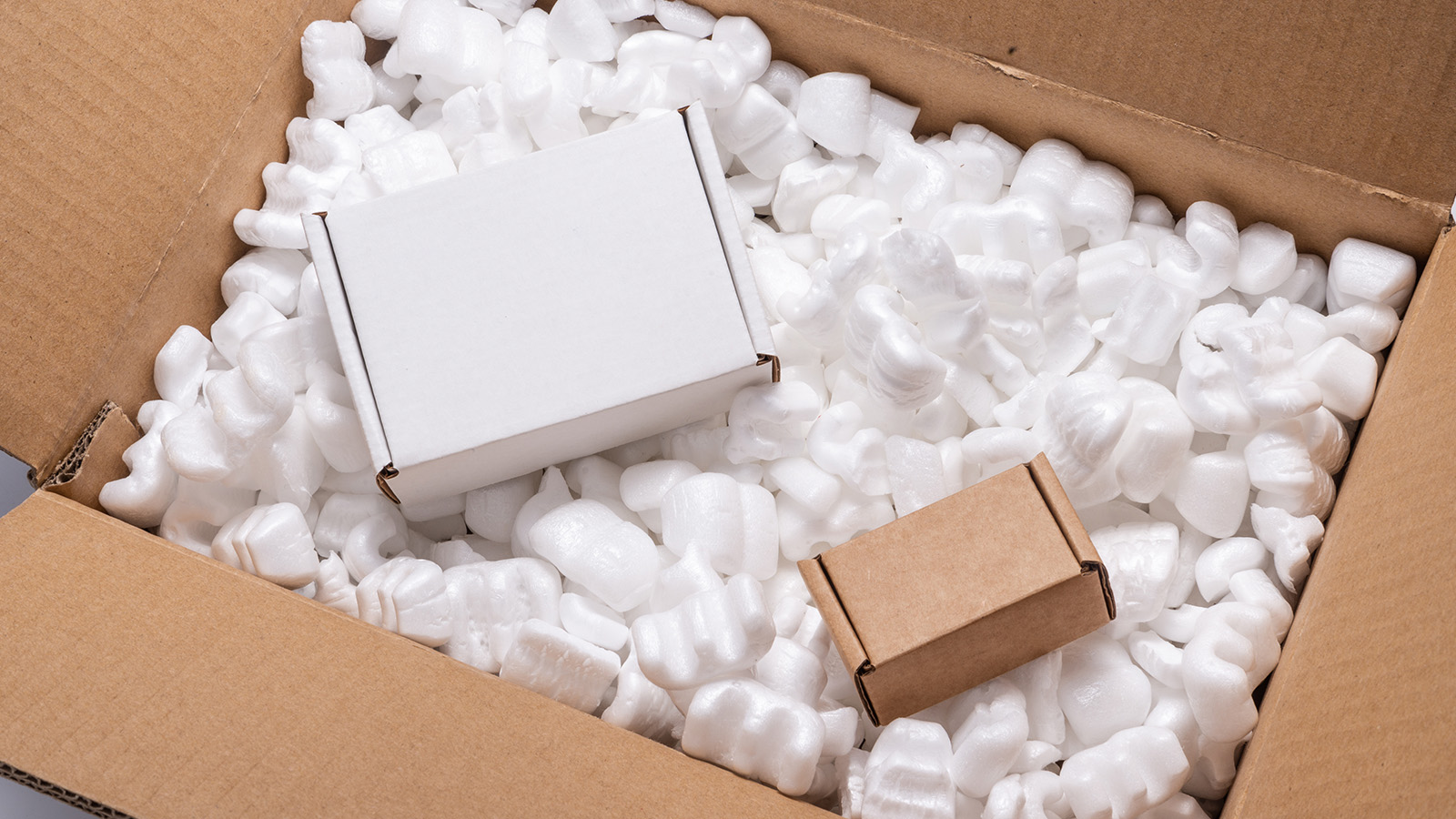
Factors to Consider When Choosing Packaging
Safety and Protection
Ensuring your product remains safe from damage during transit and storage is paramount. For instance, fragile glass bottles can be protected with molded pulp or polystyrene inserts that cushion against impacts. Multi-layered cardboard boxes can also provide extra rigidity and protection for heavy items.
Customizability and Versatility
Packaging needs can vary widely depending on the product. Customizable options, such as boxes with adjustable compartments or pouches of various sizes, can be tailored to fit any product size and shape, ensuring a perfect fit and maximum functionality. For example, cosmetic products often come in uniquely shaped containers, requiring custom-fitted boxes or inserts.
Branding and Aesthetics
Packaging is a powerful branding tool. High-quality printing and unique design elements, such as embossed logos or vibrant colors, can help your product stand out on the shelves and convey your brand message effectively. For instance, premium products often use sleek, minimalist packaging with a matte finish to create a sense of luxury.
Cost and Efficiency
Balancing quality and cost is crucial. Packaging solutions that offer high quality at competitive prices ensure you get the best value for your investment. For example, corrugated cardboard is cost-effective and provides good protection, making it a popular choice for shipping a wide range of products.
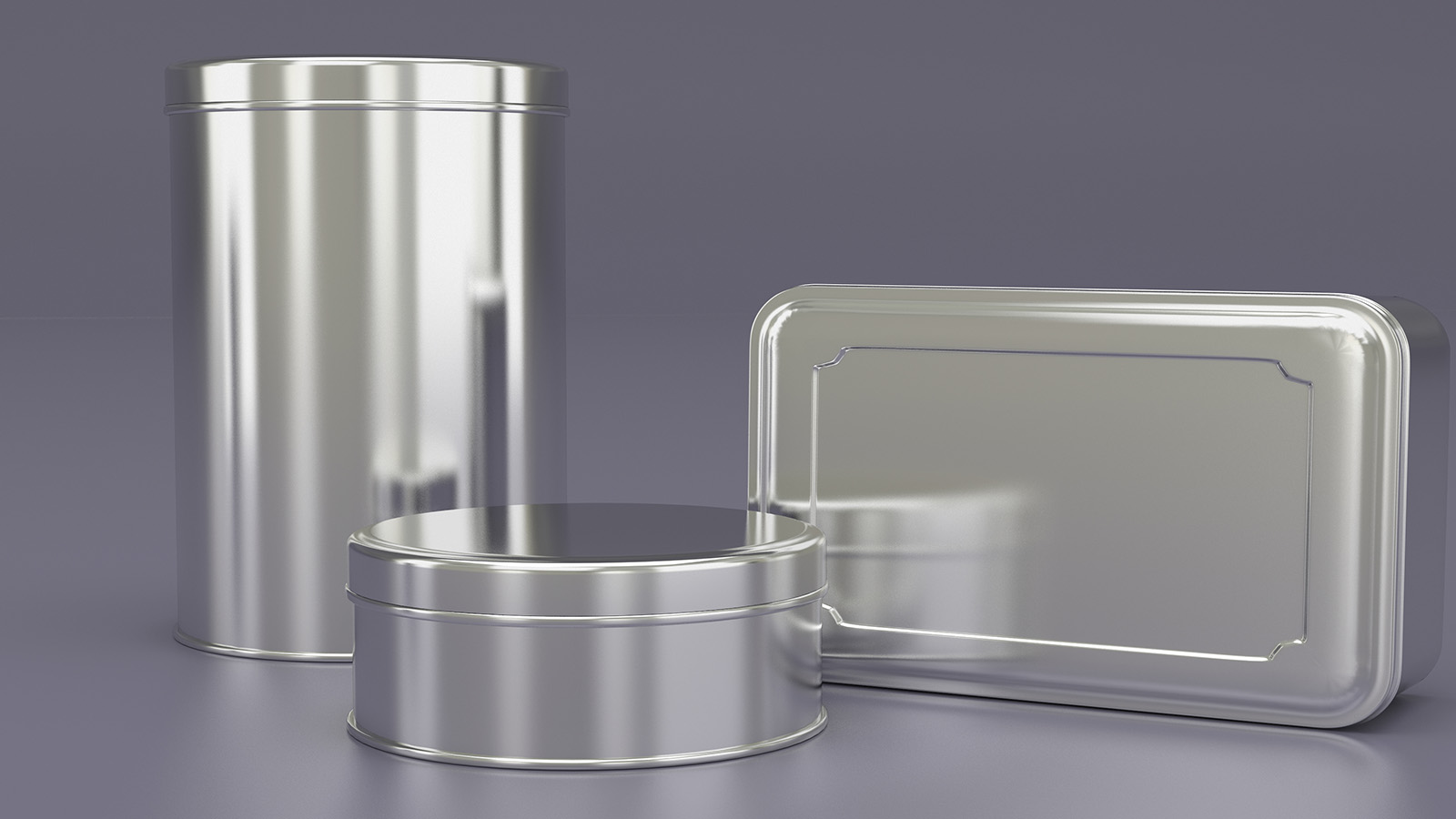
Packaging Materials and Their Uses
Choosing a suitable material is crucial for the effectiveness of your packaging. Here are some common materials and their applications:
Paper
Paper is ideal for lightweight products and items that do not require extensive protection. It is versatile and easy to customize, making it a popular choice for many brands. Paper packaging can range from simple brown paper bags to high-end printed wrapping paper, each serving different purposes. Paper packaging is also highly recyclable, contributing to a sustainable packaging strategy that reduces environmental impact.
Plastic
Plastic packaging is versatile and durable, suitable for various products. Poly bags, for example, offer excellent protection and flexibility for items like clothing and small electronics. Clamshell packaging can provide a clear view of the product while ensuring security and tamper resistance.
Metal and Glass
It is best for products that require high protection and an airtight seal, such as beverages and cosmetics. Metal tins and glass jars are commonly used for gourmet foods and luxury skincare products, providing an upscale look and robust protection.
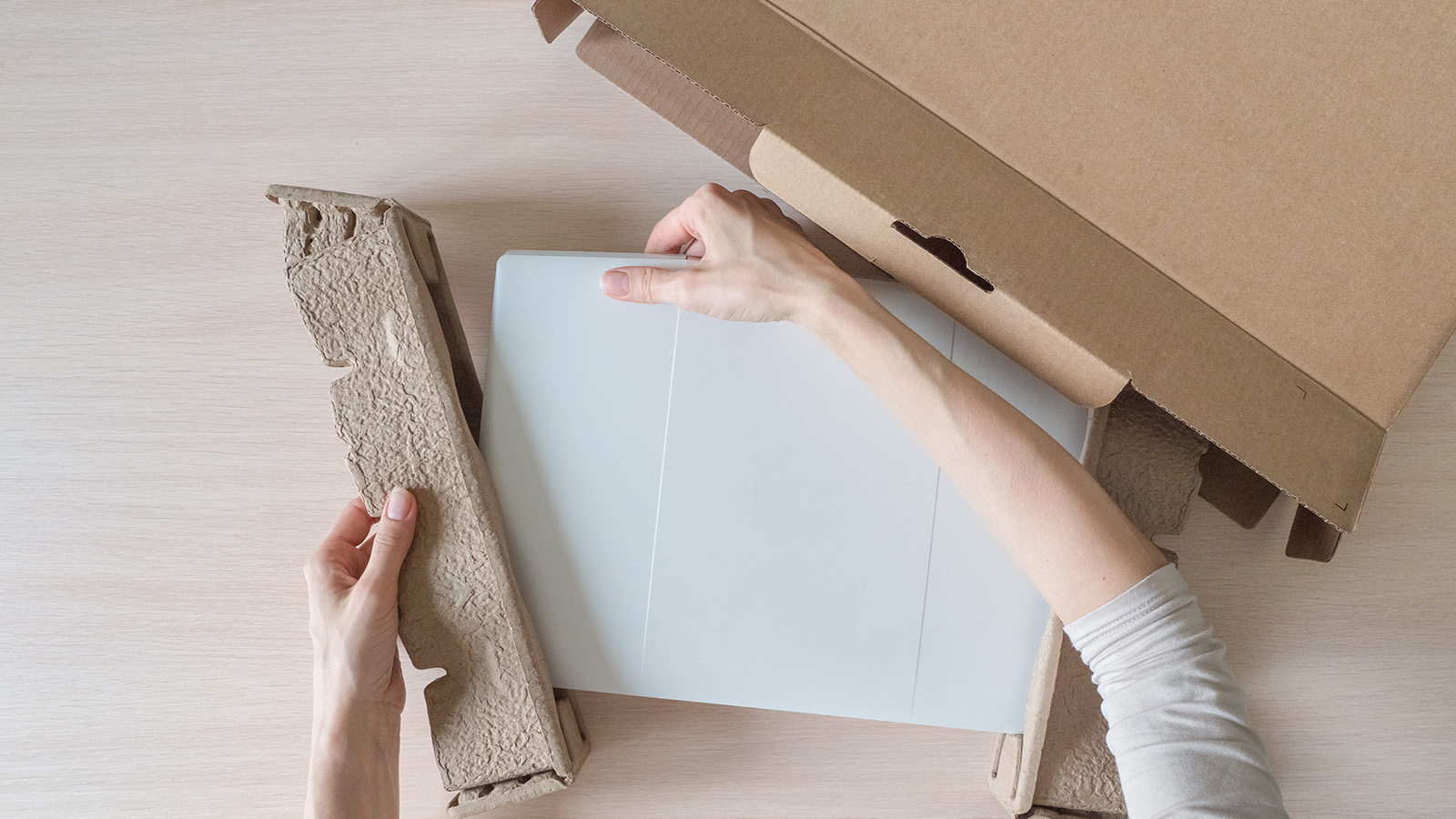
Practical Tips for Selecting the Right Packaging
Assess Your Needs
Conduct a thorough assessment of your product’s requirements and the challenges it might face during shipping and storage. Consider factors such as fragility, size, and environmental conditions.
Consult with Experts
Leverage the expertise of packaging specialists to identify the best solutions for your products. They can provide insights into the latest materials and technologies to enhance your packaging strategy.
Test Your Packaging
Conduct thorough testing to ensure that your chosen packaging can withstand the rigors of transportation and handling. Drop tests, compression tests, and environmental simulations can help identify potential weaknesses.
Consider the End User
Think about the convenience and experience of the end user. Easy-to-open, resealable, and attractive packaging can enhance customer satisfaction. For instance, resealable pouches are popular in the food industry as they keep products fresh and are convenient for consumers.
Contact Redi-Bag for Right Packaging Solutions
Choosing the right packaging is essential for protecting your product, extending its shelf life, and reinforcing your brand’s commitment to sustainability. You can select the perfect packaging solution by considering product type, safety, customizability, and environmental impact. Whether you’re looking for essential protection or innovative, eco-friendly options, a well-thought-out packaging strategy will ensure your products reach your customers in perfect condition and leave a lasting positive impression. Explore Redi-Bag’s product range to find the ideal packaging for your business. Contact us today to learn more about our packaging solutions and how we can support your business.


